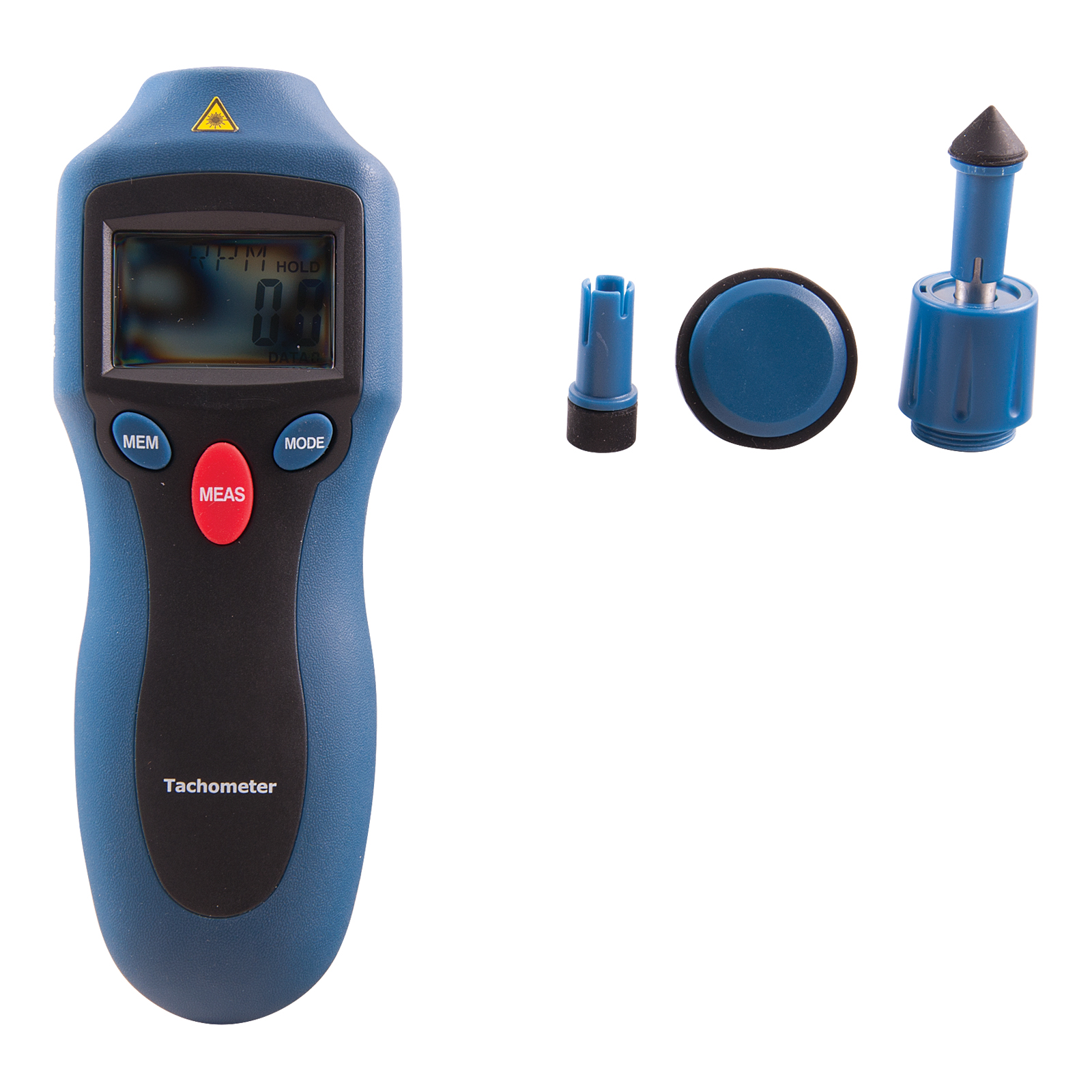Comprehensive Overview to Recognizing and Utilizing a Tachometer Successfully
Comprehensive Overview to Recognizing and Utilizing a Tachometer Successfully
Blog Article
Unlocking the Tricks of Tachometers: Whatever You Required to Learn About This Vital Instrument in Your Automobile
Comprehending the complexities of tachometers can provide beneficial understandings right into your car's efficiency and maintenance requirements. From measuring engine rate to decoding the data it presents, tachometers serve as a vital device for car owners and fanatics alike. By untangling the secrets behind this vital tool, you can open a riches of details that can enhance your driving experience and make sure the longevity of your vehicle.
Relevance of Tachometers
The relevance of tachometers exists in their capacity to give vital real-time information concerning an engine's rotational speed, enabling for accurate monitoring and upkeep of equipment. By determining the revolutions per min (RPM) of an engine's crankshaft, tachometers provide useful understandings right into the engine's performance - tachometer. This information is vital for guaranteeing that the engine runs within its ideal array, staying clear of possible damage from over-revving or underperforming
Tachometers play an essential duty in assisting operators and service technicians spot any kind of anomalies in the engine's rate, which can indicate issues such as fuel inadequacy, mechanical troubles, or excessive strain on the engine. By immediately recognizing these issues via tachometer analyses, upkeep can be executed proactively, stopping expensive repair work and downtime over time.
Furthermore, tachometers are especially vital in high-performance lorries and machinery, where exact control over engine rate is essential for optimum procedure. Competing cars, airplane, and industrial equipment rely upon tachometers to supply peak performance while maintaining security standards. In significance, tachometers are not simply instruments for gauging rate yet indispensable devices for guaranteeing the smooth and reliable operation of engines throughout different applications.
How Tachometers Action Engine Speed
Utilizing sensing units that identify the regularity of electrical pulses produced by the engine's ignition system, tachometers precisely determine the rotational speed of an engine. By checking the price at which these pulses are gotten, tachometers offer real-time comments on how quickly the engine's crankshaft is turning per minute, commonly described as transformations per minute (RPM)
The tachometer's sensor, frequently attached to the engine's ignition coil or stimulate plug wires, gets the electrical signals generated each time a cyndrical tube fires. These signals are after that converted into RPM analyses showed on the gauge or instrument cluster within the motorist's view. Tachometers can be analog or electronic, with contemporary automobiles frequently including electronic displays for specific and instantaneous RPM analyses.
This information is critical for drivers to comprehend the engine's efficiency, stop over-revving, maximize gear shifting, and guarantee effective fuel usage. By accurately gauging engine rate, tachometers play a vital function in assisting vehicle drivers operate their lorries securely and successfully.
Interpreting Tachometer Readings
Having a clear understanding of how tachometers gauge engine rate establishes the foundation for properly analyzing the RPM readings showed. Interpreting tachometer readings is vital for optimum lorry efficiency and engine health. RPM (Transformations Per Minute) readings on the tachometer show the speed at which the engine's crankshaft is rotating. When the engine is idling, the tachometer needle typically relaxes around 600-1000 RPM, depending on the car. As you speed up, the RPM will certainly increase, reflecting the engine's click here to find out more greater rotational rate. When shifting equipments in a hand-operated transmission automobile, the RPM will drop as you involve the clutch and change equipments, then climb once more as you increase in the brand-new gear. Keeping track of the tachometer can assist you identify the most effective moving points to optimize gas economy and engine power. Furthermore, unusual changes or regularly high RPM analyses might show potential concerns with the engine that may require expert attention. By taking notice of the tachometer analyses and recognizing exactly how to analyze them, you can guarantee your vehicle runs efficiently and successfully.


Tips for Using Tachometers Effectively
To improve driving performance and maximize engine efficiency, what key strategies can be implemented for efficiently making use of tachometers? Tachometers are crucial tools that provide real-time responses on engine speed, allowing drivers to make educated choices for better efficiency - tachometer. Here are some suggestions for using tachometers effectively:
Recognizing Optimum RPM Array: Acquaint yourself with the optimal RPM you could try these out (Revolutions Per Min) range for your automobile. This variety varies between different cars and is usually shown in the owner's guidebook. Maintaining the engine within this range can improve fuel efficiency and prolong the engine's life expectancy.
Shifting Equipments at the Right Time: Use the tachometer to identify the ideal time to move gears. Goal to shift gears when the RPM gets to the optimum range for the next gear.
Keeping An Eye On Engine Tension: High RPMs for extended periods can strain the engine. Watch on the tachometer to prevent over-revving, especially throughout velocity or when lugging heavy tons.
Tachometers and Car Upkeep
When taking into consideration lorry maintenance, tachometers play a crucial duty in keeping an eye on engine performance and detecting possible issues. Tachometers provide essential data on engine speed, allowing vehicle drivers and technicians to make sure that the engine is running within the suggested RPM variety.
Along with discovering possible problems, tachometers can likewise help in maximizing fuel effectiveness. By maintaining the engine rate within find out here the optimum variety, motorists can enhance their gas mileage and reduce fuel consumption. This not just benefits the motorist's wallet however additionally adds to environmental preservation by reducing hazardous exhausts.
Final Thought

Report this page